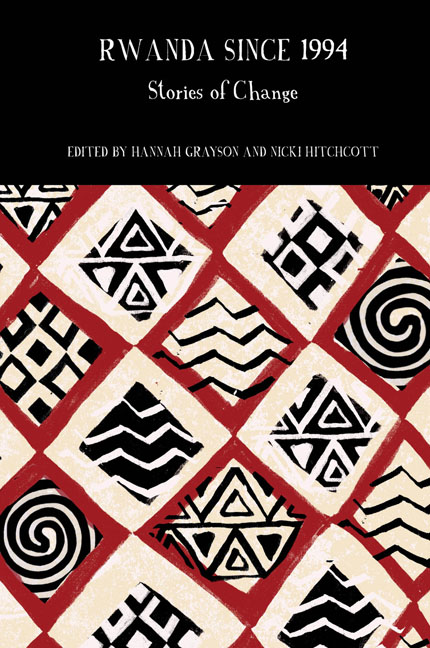Rebranding Rwanda's Peacekeeping Identity during Post-Conflict Transition
Summary
In 1994, Rwanda's positive nation brand as a model of development in Africa and exotic tourist destination was quickly replaced by images characterizing Rwanda as a land of transgressive and bloody violence, and Rwandans as uncivilized and driven by primal needs. In the international media, Rwanda was imaged as a failed state where the unimaginable horrors of tribal war and genocide had taken place. Since UN troops had been deployed in Rwanda at the time of the genocide and civil war to oversee the Arusha Peace Accords and later in the aftermath of conflict, Rwandans were not just depicted as perpetrators, survivors and victims of genocide but as a passive and helpless ‘peacekept’ community in need of international assistance. Yet, over the past 20 years, the government of Rwanda, led by the ruling Rwandan Patriotic Front (RPF), has embarked on an extensive country rebranding exercise to support President Paul Kagame's vision to rebuild and transform Rwanda into a middle-income state by 2020. Part of this strategy involves transforming Rwanda's image as a peacekept nation state into that of a proactive peacekeeper and contributor to UN and African Union peacekeeping operations. Indeed, in the 15 years since Rwanda first deployed 150 troops to Darfur in 2004, the post-conflict state has embarked on a rapid ascent to the top of UN troop contribution league tables.
Scholars have contended that mediatized narratives about Rwanda’s domestic and foreign security policies facilitate implementation of the RPF’s centralized state-building project, and have argued that official security narratives, promoted in policy discourse, state-owned media and via the social media of Rwandan officials and their supporters, legitimize and strengthen the powerbase of the RPF and military elites (Jowell, 2010; Holmes, 2014; Holmes 2018; Wilén, 2018; Purdeková, Wilén and Renteyns, 2018). Scholars have also identified how security narratives are used as a propaganda tool to restrict domestic public space and to discipline Rwandan citizens (Pottier, 2002; Straus and Waldorf, 2011; Burnet, 2012; Purdeková, 2011; Grant, 2015). Yet how mediatized security narratives serve to ‘market’ Rwanda as a competitive troop-contributing country (TCC) and peacekeeping provider, and inform Rwanda's broader rebrand after civil war and genocide, has not been considered.
- Type
- Chapter
- Information
- Rwanda Since 1994Stories of Change, pp. 104 - 124Publisher: Liverpool University PressPrint publication year: 2019



